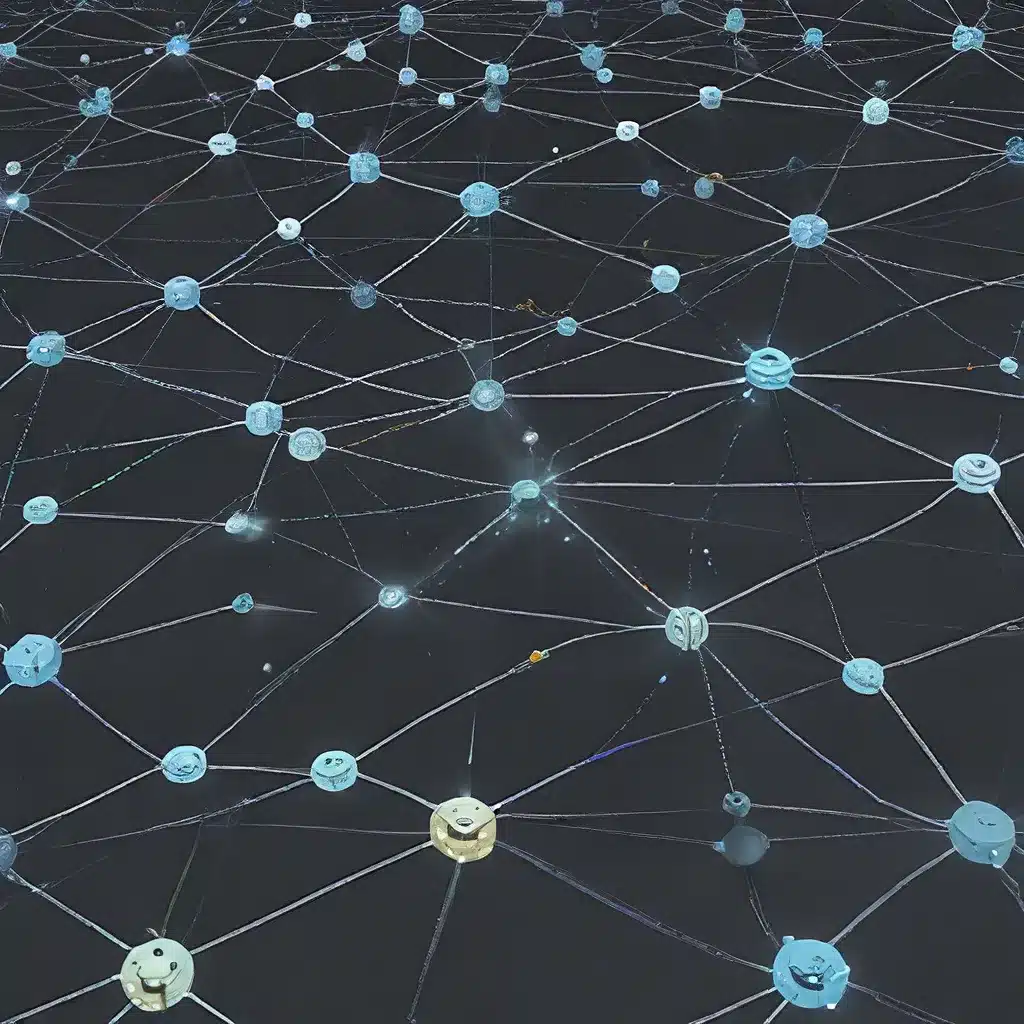
Unlocking the Potential of Sensor Networks through Self-Configuration
The anticipated applications of networked systems of embedded computers, or EmNets, will only be realized if these systems can configure and reconfigure themselves automatically with minimal human intervention. This requirement is central to enabling autonomous sensor networks that can adapt to changing conditions and requirements.
Self-configuration involves the addition, removal, or modification of elements within an EmNet, along with the subsequent process of establishing interoperability among the components and locating essential services, such as data aggregation nodes in sensor networks. This dynamic self-assembly is crucial for scalable and robust sensor network deployments that can operate effectively in diverse, unpredictable environments.
Research suggests that key mechanisms are needed to achieve automatic reconfiguration, including the ability for components to discover each other and communicate, as well as standardized interfaces and protocols to ensure interoperability. These foundational capabilities enable sensor network elements to assemble into a functional system, locate available resources, and respond to changes in their desired functionality and operating environment.
Adaptive Coordination: Enabling Sensor Networks to Thrive in Dynamic Conditions
In addition to self-configuration, adaptive coordination is a critical aspect of autonomous sensor networks. Adaptive coordination involves changes in the behavior of a system as it responds to variations in the environment or available system resources, such as remaining energy, computational capabilities, and communication bandwidth.
For example, to achieve a long lifetime, a sensor network may need mechanisms that allow nodes to mediate their actions based on the density of redundant components. Nodes with redundant capabilities might be programmed to alternate responsibility for a given task, akin to sentry duty rotation. Similarly, sensor networks could implement multiple levels of service depending on locally perceived conditions or detected events.
Adaptive coordination tends to occur more quickly than self-configuration, with a short lag time between detecting a change in the operating environment and the system adapting its behavior. This rapid adaptability is critical for sensor networks to maintain reliable operation and effectively respond to dynamic conditions.
Addressing the Challenges of Self-Configuration and Adaptive Coordination
While self-configuration and adaptive coordination are essential for the realization of autonomous sensor networks, they also present significant research challenges. Unlike traditional distributed systems, sensor networks and other EmNets must operate under unique constraints, such as limited memory, computational power, and available energy.
Discovery and Interoperability
Automatic self-configuration requires the ability for system components to discover each other and communicate without human intervention. This discovery process involves challenges such as joining a physical network, advertising available services, and finding required services on the network. Existing discovery mechanisms, often relying on multicast or well-known service addresses, may not be suitable for resource-constrained sensor networks.
Interfaces and Protocols
Ensuring interoperability among sensor network elements requires standardized interfaces and communication protocols. While traditional distributed systems have relied on approaches like remote procedure calls and message passing, EmNets may benefit from more lightweight, energy-efficient protocols. Additionally, the ability to update protocols and introduce new functionality through mechanisms like mobile code can enable sensor networks to evolve over time.
Adaptive Coordination and Control
Achieving effective adaptive coordination in sensor networks is an open research challenge. Centralized control may be impractical for large-scale, dynamic sensor networks, while decentralized, localized approaches introduce complexities in maintaining overall system performance and stability. Techniques for exploiting system redundancy, collaborative processing, and hierarchical control structures offer promising directions for further exploration.
Monitoring and Trustworthiness
A critical facility that must accompany the self-configuration and adaptive capabilities of sensor networks is the ability for self-monitoring and reporting. Sensor networks must be able to convey their current operational state, identify performance issues, and alert users or administrators to potential failures or security concerns. Developing appropriate trust models and security mechanisms is essential for ensuring the trustworthiness of these autonomous systems.
Realizing the Promise of Autonomous Sensor Networks
The vision of autonomous, self-configuring, and adaptable sensor networks holds immense promise for a wide range of applications, from precision agriculture and environmental monitoring to industrial automation and smart cities. By addressing the research challenges in areas such as discovery, interoperability, adaptive coordination, and trustworthiness, the sensor network community can unlock the full potential of these EmNet technologies.
Through continued innovation and collaboration, researchers and engineers can pave the way for sensor networks that can reconfigure themselves, respond to dynamic conditions, and operate reliably with minimal human intervention. As sensor network capabilities evolve, the sensor-networks.org community will be at the forefront of enabling the next generation of autonomous, adaptive, and resilient sensor systems.